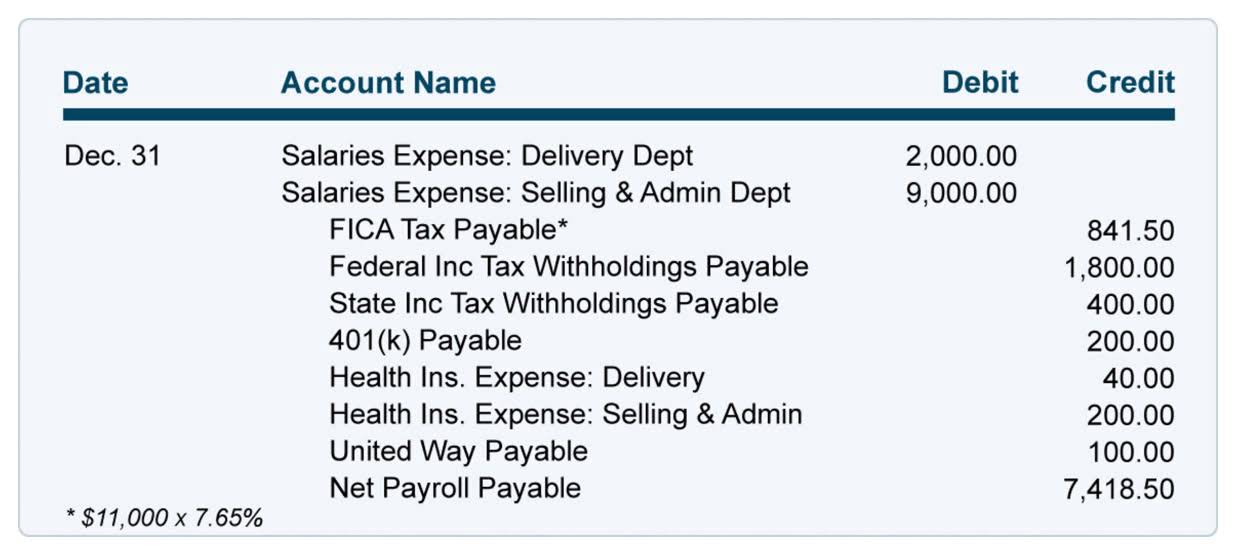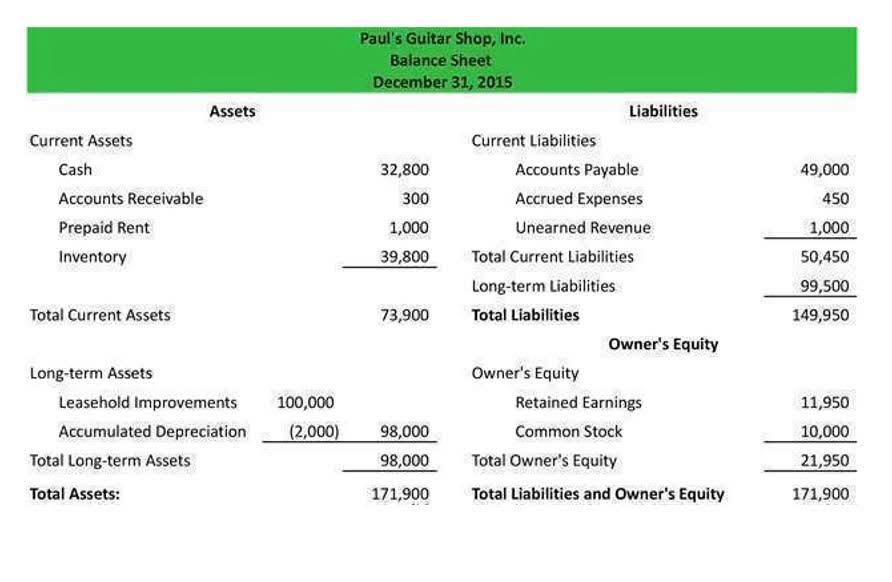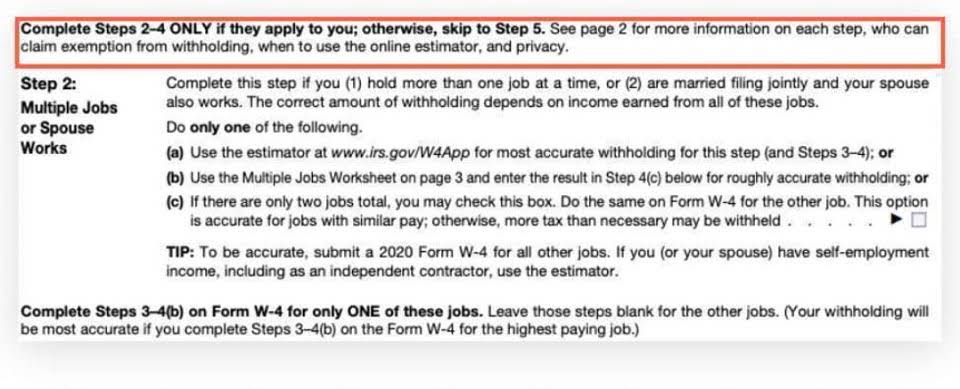
Certain products may have seasonal spikes in demand or be influenced by market trends. For example, an online retailer might see increased demand for beachwear in the summer. These seasonal fluctuations should be considered when setting reorder points for affected products. Understanding the factors influencing your reorder point is crucial for effective inventory management.

Fixed-Period vs Fixed-Quantity Inventory System:
- This formula ensures that sufficient inventory is available to meet demand during the lead time while providing a buffer for unexpected demand spikes or supply delays.
- You don’t have to round to an even number, and selling less than one unit a day is perfectly fine.
- It is calculated by subtracting the projected cost of goods sold from the current inventory levels.
- It’s important to follow the various effective strategies that are used to optimize the ROP in your company.
- Plus, we’ll explore how inventory management software can take your reordering game to the next level.
- With well-established reorder points, you better understand your inventory needs.
- This is easily done using inventory management software that tracks everything you need to know about your inventory.
Future innovations, such as blockchain and IoT, could further refine Reorder Point calculations by enhancing supply chain https://www.bookstime.com/articles/what-is-another-name-for-a-bookkeeper transparency and real-time tracking. Additionally, sustainability considerations may influence Reorder Point strategies to optimise not just for cost and service levels, but also for environmental impact. Ultimately, while the basic principle of Reorder Points remains constant, businesses that effectively leverage advanced approaches will gain a competitive edge. To establish effective Reorder Points, businesses should adopt several strategies.

The reorder point formula video
As businesses navigate increasingly complex and volatile markets, there’s a shift towards dynamic and adaptive ROP management driven by technological advancements and data analytics. Traditionally, companies used a static min/max approach, setting fixed minimum and maximum normal balance inventory levels, which often resulted in suboptimal inventory management. The transition to dynamic systems involves real-time data integration, machine learning, multi-factor analysis, automated decision-making, and scenario modelling. These systems optimise safety stock based on service level objectives, demand and lead time variability, and other factors. However, challenges include the need for high-quality data, significant technology investments, change management, and balancing automation with human oversight. To calculate reorder points effectively, you need access to accurate, up-to-date inventory data.
- A well-calculated ROP minimises inventory management costs by reducing holding expenses and avoiding costly stockouts.
- Real-time inventory tracking, reorder alerts, and predictive analytics make establishing reorder points much more efficient and accurate.
- Once you have a handle on the inventory turnover patterns of a product, you’re ready to start putting the variables together.
- A comprehensive inventory report can provide you with insights needed to analyze stock levels, reorder points, and overall performance trends, helping you make informed decisions.
- It acts as a buffer to ensure that the company can continue to meet customer demand even if there are delays or issues with the new order.
- Economic order quantity (EOQ) is the amount of inventory that a business should order to minimize the cost of inventory and storage.
- It is essential to understand these factors to accurately determine the Reorder Point and optimise inventory management.
Customers
Led by Mohammad Ali (15+ years in inventory management software), the Cash Flow Inventory Content Team empowers SMBs with clear financial strategies. We translate complex financial concepts into clear, actionable strategies through a rigorous editorial process. The second is the sales rate, which is the average amount of an item that is sold over a specified period of time. The main advantage of a fixed-period system is that it can help a company save money on inventory costs. If a company knows it only needs to order inventory once per month, it can order larger quantities each time, which can lead to discounts from suppliers.

At its core, the reorder point is a specific quantity of inventory that triggers the action to replenish that particular item. It’s a critical signal in inventory which one of these would not be a factor in determining the reorder point management – think of it as a friendly alert that says, “Hey, it’s time to order more before you run out! ” But it’s not a one-size-fits-all number; it’s unique to each product and each business, based on several factors like how fast the item sells and how long it takes to get more. If you’re a spreadsheet user, you can use conditional formatting for the quantity value of specific cells. You can set Excel or Google Sheets so that cells turn red when they hit a reorder point. This will effectively warn you when you need to start on a new purchase order.